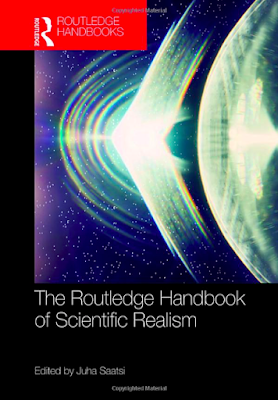Volume 1, Issue 3: Epilepsy, or About Turning Health into Units
Epilepsy, or About Turning Health into Units Vasia Lekka: The Neurological Emergence of Epilepsy: The National Hospital for the Paralysed and Epileptic (1870-1895) . New York: Springer, 2015. pp. xiii-209. Hardcover ISBN 978-3-319-06292-1. € 128, 39. As philosophy of science is moving from its earlier general perspective to the new directions of philosophies of sciences , general sociological and historical approaches to science are dividing as well into various sub-researches like sociology and history of medicine . One of the last approaches to this field is Vasia Lekka’s The Neurological Emergence of Epilepsy – The National Hospital for the Paralysed and Epileptic (1870–1895) dealing with the history and social embeddedness of epilepsy in the late Victorian era of England. Lekka’s book is an attracting work containing many important documents, materials, data and it deals with them from a well-focused perspective, raising far-reaching questions. It aims to be “a

